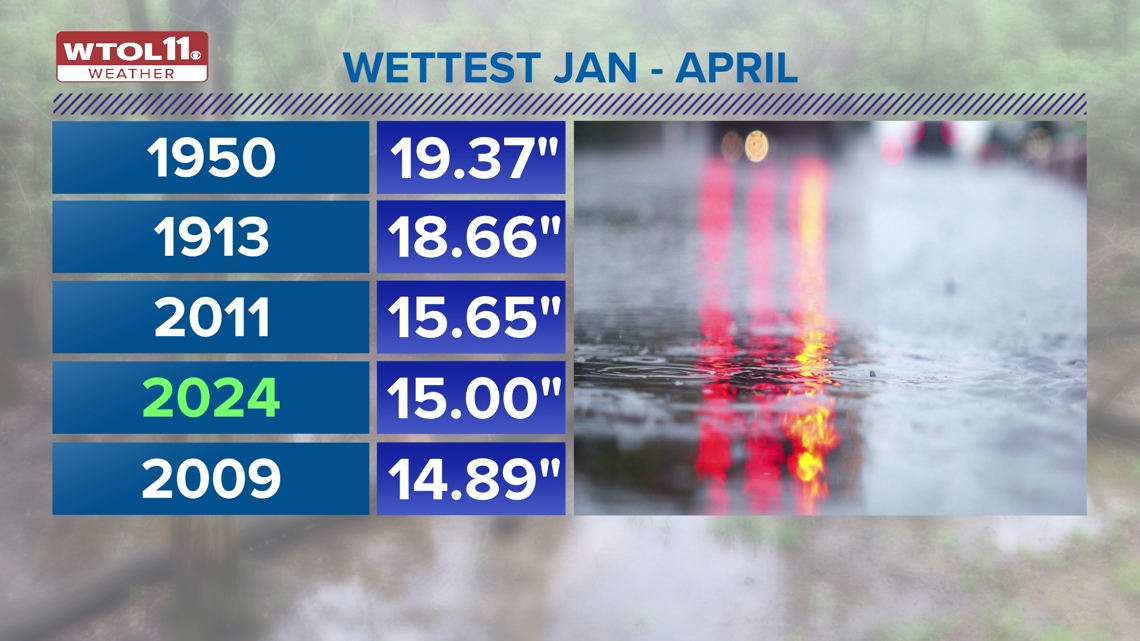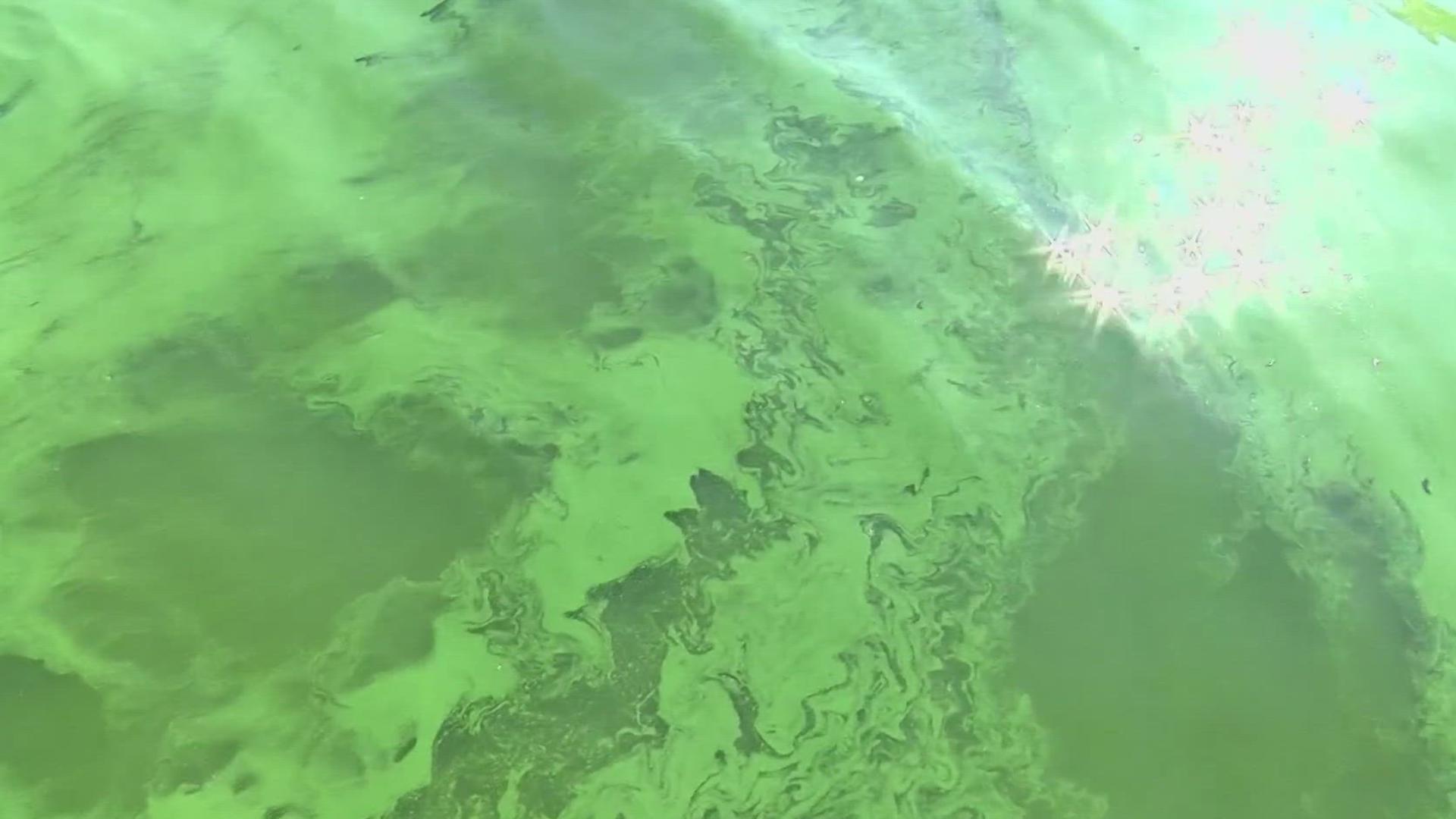OHIO, USA — It will be hard to prevent a large algal bloom from developing on Lake Erie in 2024. That's the forecast after one of the wettest spring seasons in Northwest Ohio history.
To add to the existing problems on Lake Erie it has been a very warm spring so far and lake water temperatures are following a similar record warmth path. These signs are all indicators that experts are predicting a larger than average bloom forecast.
“At this point we’ve already exceeded the amount of phosphorous going into the Maumee and out into Lake Erie, we’ve exceeded 2023 already,” said Laura Johnson, Director for the National Water Quality Research Center (NCWQR) at Heidelberg University.
Laura is one of the leading experts on watersheds and runoff into waterways. Heidelberg's NCWQR lab analyzes samples from across the Maumee River watershed and local wetlands. These water tests directly influence the harmful algal bloom outlook and which practices are working on local farm fields.
Even though this has been a historically wet spring, believe it or not, it’s not been a worse case scenario for nutrient runoff.
“It has been a very wet spring. We had a lot of heavy rain events, especially in April. I don’t know if it’s lucky or not but we had a pretty warm winter and a drier March. So all that rain we got in April didn’t lead to as much runoff as we could have received,” said Laura.


The hardest part to making adjustments and seeing if a practice is working to reduce sediment runoff is that is takes time. And with different weather each spring it will take years before true measurable differences can be detected.
Laura explained why patience is going to be needed:
“I think we are a couple of crop years in for some of these ag-practices. I just looked at the numbers and about 32% of the watershed has voluntary nutrient management plans. So, my job now is to see how effective these practices are being.”
At WTOL 11, we promised the community10 years ago following the Toledo Water Crisis that we would closely follow the health of Lake Erie. This means from a science perspective, we will present the latest algal bloom forecasts and outlooks. Utilizing the latest high-resolution satellite images, we will highlight where the bloom is thickest in western Lake Erie.
We know the bloom is driven by the runoff nutrients that flow, mainly, into the Maumee River. So, we will track that number as it increases with each rainfall.
And finally, WTOL can monitor the conditions on the lake in real time with one of the most sophisticated buoy network systems on any body of water in the world.
WATCH more on WTOL:

